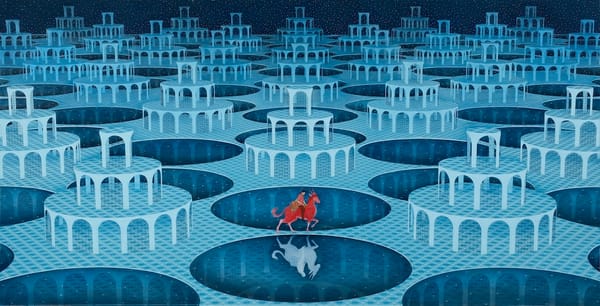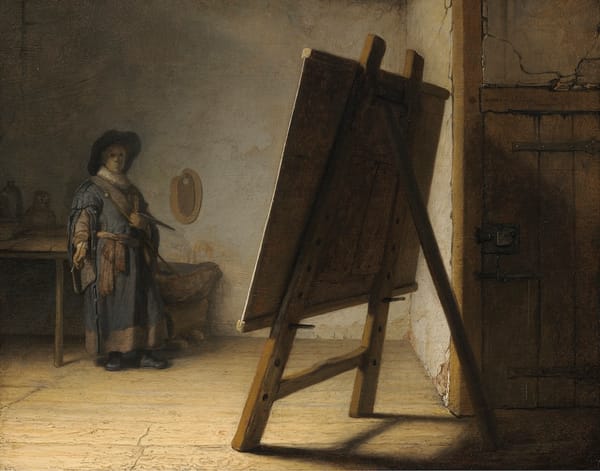How to Interpret Symbolism in Contemporary Art – A Complete Guide
Symbolism in contemporary art invites us to look beyond the surface, engaging with cultural, political, and personal layers of meaning. This guide explores how to decode symbols and embrace the ambiguity that defines modern artistic expression.
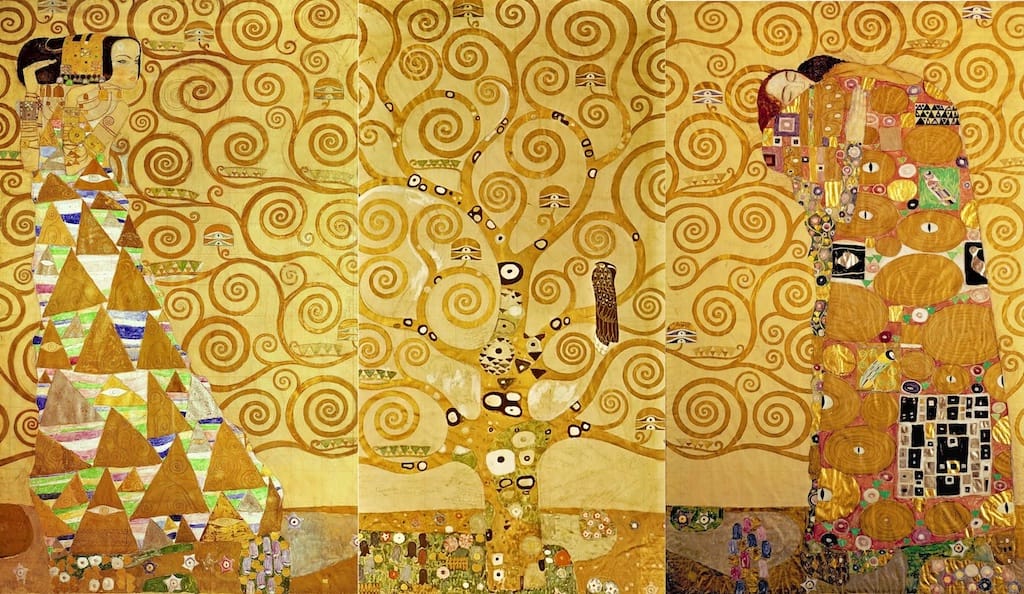
Contemporary art is a language that speaks in many dialects – some loud and declarative, others whispering just above the threshold of comprehension. While technical skill, visual style, and conceptual innovation all play vital roles, one of the richest layers in this language is symbolism. Artists have long used symbols to carry meaning beyond what is visible on the canvas, in the sculpture, or within the installation. Yet in the contemporary context – with its diversity of media, globalised cultural references, and shifting social landscapes – interpreting these symbols can feel as challenging as it is rewarding.
This article offers a guide to navigating the symbolic terrain of contemporary art, providing both historical grounding and practical approaches for engaging with works whose meanings are often elusive, multi-layered, and deeply personal.
The Evolution of Symbolism in Art
Symbolism is hardly a modern invention. From the hieroglyphs of ancient Egypt to the devotional imagery of Renaissance altarpieces, artists have always employed visual shorthand to communicate ideas, beliefs, and narratives. However, the relationship between artist, symbol, and audience has shifted dramatically over the centuries.
In pre-modern eras, symbolism was often codified and widely understood. A lily signified purity in Christian art; a skull reminded viewers of the inevitability of death; a dog symbolised loyalty. The meanings were drawn from religious texts, literature, and cultural conventions that were broadly shared among audiences.
Contemporary art, by contrast, operates in a more fragmented symbolic universe. Globalisation, digital media, and cross-cultural exchange have expanded the symbolic vocabulary, but also blurred its legibility. A single artwork might weave together references from mythology, political history, internet memes, and personal experience – an intricate tapestry that resists easy decoding. In addition, many contemporary artists use symbolism not to affirm a stable meaning, but to invite ambiguity, provoke thought, or challenge the viewer’s assumptions.
Why Symbolism Matters in Contemporary Art
In a world where images are consumed rapidly and often superficially, symbolism slows us down. It encourages deeper engagement, prompting us to look beyond the surface and ask: Why this object? Why this form? Why this placement?
Symbolism can:
- Reveal the artist’s intentions – offering clues about their inspirations, influences, and concerns.
- Connect to wider cultural or political themes – bridging personal expression with societal commentary.
- Create emotional resonance – tapping into archetypes, memories, and subconscious associations.
- Encourage multiple interpretations – leaving space for viewers to project their own meanings.
In contemporary art, where literal representation is often eschewed, symbolism can act as both anchor and catalyst: grounding the work in a context while allowing its meaning to shift with each encounter.
Common Types of Symbolism in Contemporary Art
While the symbolic vocabulary of contemporary art is vast, certain categories recur with notable frequency:
1. Cultural and Historical Symbols
Artists often draw upon symbols from their heritage or historical moments to explore identity, memory, and continuity. For instance, Yinka Shonibare’s use of Dutch wax fabrics symbolises both African identity and the complexities of colonial trade histories.
2. Political and Social Symbols
Objects, colours, and motifs can signal political affiliations, social movements, or critiques of power. Ai Weiwei’s repeated use of the sunflower seed – in his monumental Tate Modern installation – referenced both Chinese cultural tradition and the mass production ethos of contemporary global industry.
3. Personal and Biographical Symbols
For some artists, symbolism is deeply autobiographical. Tracey Emin’s use of textiles, handwritten text, and certain recurring objects (like beds and tents) draws from intimate moments in her life, making them symbolic of vulnerability, sexuality, and memory.
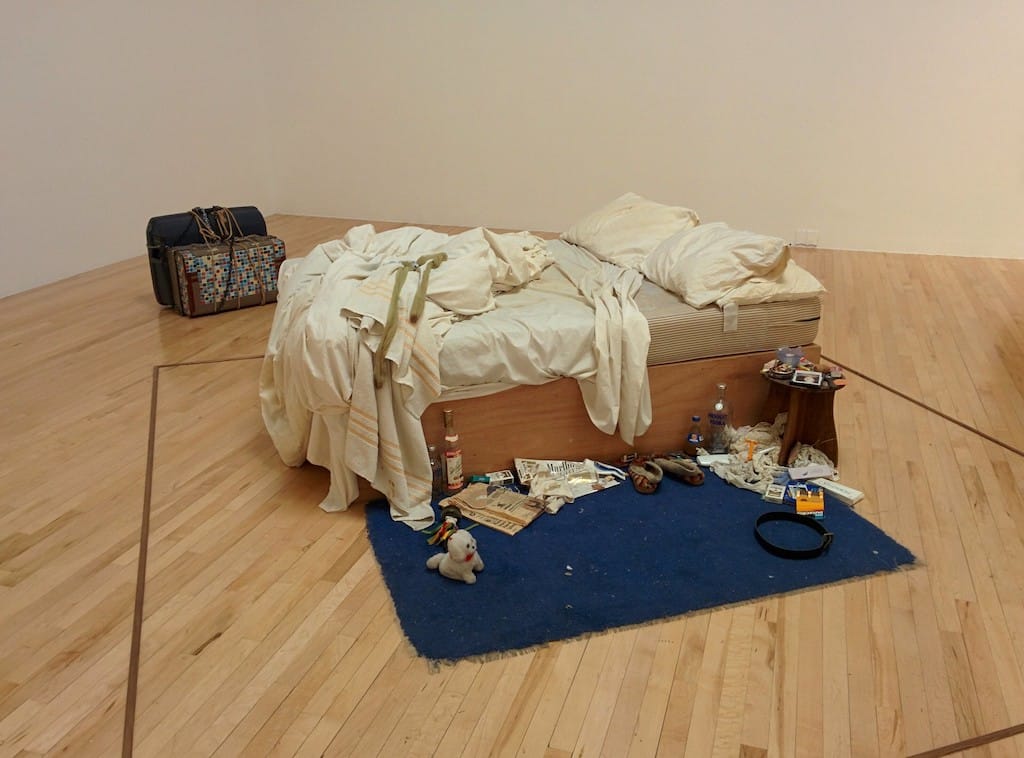
4. Universal or Archetypal Symbols
Jungian archetypes and shared human experiences also appear in contemporary work. Motifs such as circles, labyrinths, and thresholds may evoke cycles, journeys, or transformation, even when stripped of cultural specificity.
5. Material-Based Symbols
The choice of medium itself can be symbolic. Using reclaimed wood, found objects, or fragile materials like glass can speak volumes about sustainability, memory, fragility, or impermanence.
Strategies for Interpreting Symbolism
Interpreting symbolism in contemporary art is less about cracking a secret code and more about developing an informed, open-ended conversation with the work. Here are some approaches that can help:
1. Observe Before You Interpret
Resist the urge to rush to meaning. Spend time simply looking: note the objects, colours, materials, and spatial arrangements. Ask yourself what draws your attention first, and why.
2. Consider the Context
Symbolism often gains clarity when viewed in relation to the artist’s biography, the work’s historical moment, and the exhibition setting. A motif might reference a recent political event or respond to another artwork in the same space.
3. Research the Artist’s Practice
Reading interviews, artist statements, and past reviews can reveal recurring symbols and themes in an artist’s oeuvre. Understanding their influences – whether literary, cinematic, or cultural – can illuminate their symbolic choices.
4. Think About Material and Process
Sometimes the symbolism lies not in what you see, but in how it was made. For example, an artwork created using labour-intensive embroidery might symbolise domestic craft traditions, gendered labour, or the slow passage of time.
5. Acknowledge Multiple Meanings
Contemporary artists often embrace multiplicity. A single symbol might hold contradictory meanings, or shift according to the viewer’s cultural background. This openness is not a flaw but a feature.
6. Engage with Your Own Associations
Your personal experiences and cultural references are part of the interpretive process. A symbol that means one thing to the artist may evoke something entirely different for you – both readings can coexist.
The Role of Ambiguity
One of the hallmarks of contemporary symbolism is its embrace of ambiguity. Artists may deliberately resist providing a definitive explanation, trusting the work to function as a mirror for the viewer’s own questions and experiences. This can be frustrating for those accustomed to clear answers, but it also allows for richer engagement.
For example, the recurring use of water in Bill Viola’s video installations may suggest themes of purification, rebirth, and transcendence – but the lack of fixed narrative invites viewers to bring their own interpretations, shaped by their beliefs and emotional states.
Ambiguity is also a political choice for some artists, enabling them to navigate censorship, critique authority, or speak across cultural divides without prescribing a single reading.
When Symbolism Meets Abstraction
Abstract art may seem resistant to symbolic interpretation, yet many abstract works carry profound symbolic weight. The shapes, colours, and compositional structures can function as metaphors for emotions, philosophies, or cosmic principles.
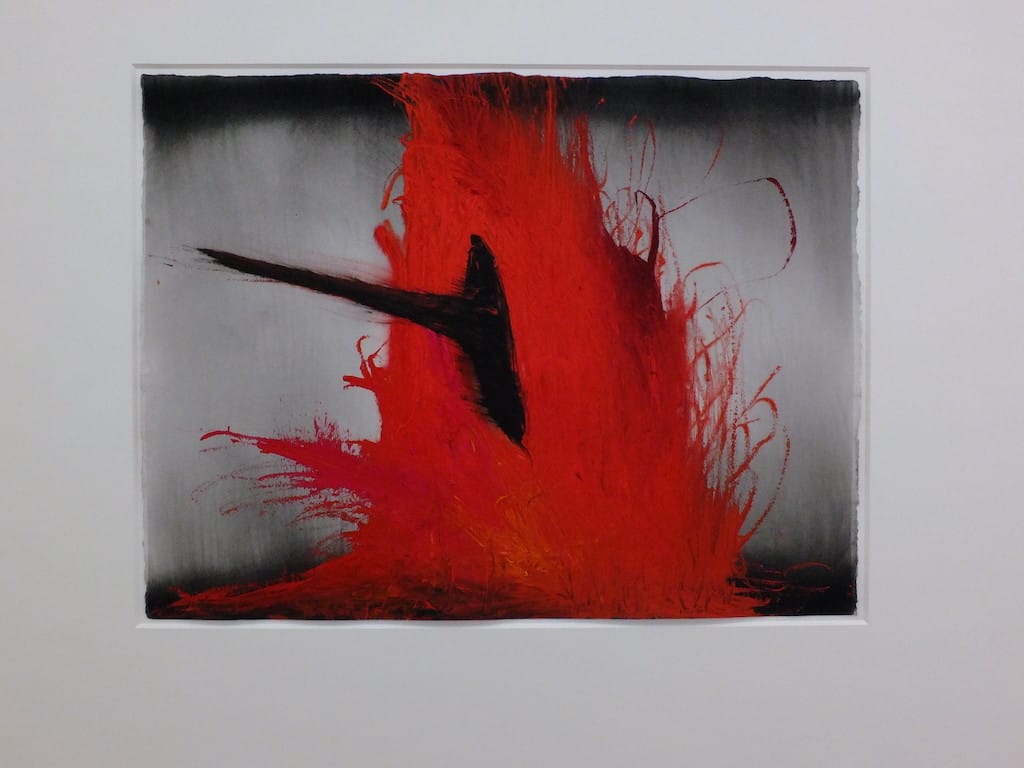
Consider Anish Kapoor’s use of void-like forms: while entirely abstract, they often symbolise infinity, the unknown, or spiritual transcendence. Similarly, Sean Scully’s stripes and grids can evoke themes of structure, order, and human persistence, while still leaving room for personal and cultural readings.
Pitfalls in Symbolic Interpretation
Interpreting symbolism is not without its hazards. Over-interpretation – seeing deliberate meaning in every detail – can lead to strained or implausible conclusions. Conversely, ignoring potential symbolism can flatten the experience of the work.
A few points to bear in mind:
- Not every element is symbolic – sometimes a blue chair is just a blue chair.
- Symbols can be misleading – what feels like a familiar symbol might have a radically different meaning in the artist’s cultural or personal lexicon.
- Avoid overly prescriptive readings – embrace the possibility of multiple, even conflicting interpretations.
Symbolism in the Digital Age
In the age of memes, emojis, and online visual culture, symbolism in contemporary art is evolving rapidly. Digital artists often incorporate internet-born symbols – hashtags, glitch effects, pixelation – into their work, blending traditional symbolic strategies with the visual language of the screen.
This raises interesting questions: How do symbols with short lifespans (like viral memes) function in art intended for posterity? Will a laughing emoji in a painting hold the same meaning in fifty years? Such temporal fragility adds yet another layer of complexity to contemporary symbolism.
Cultivating Symbolic Literacy
Interpreting symbolism in contemporary art is a skill that improves with practice. The more you look, research, and reflect, the more attuned you become to the nuances of visual language. Visiting exhibitions regularly, engaging with curators and artists, and keeping a visual diary of works that intrigue you can all help deepen your symbolic literacy.
Ultimately, the goal is not to ‘solve’ the artwork but to enter into a sustained dialogue with it – one that honours both the artist’s vision and your own interpretive agency.
Final Thoughts
Symbolism in contemporary art is an expansive, shifting field – part historical inheritance, part personal invention, and part cultural improvisation. Approaching it requires patience, curiosity, and a willingness to embrace uncertainty. In an age saturated with images, the symbolic layer offers a vital reminder that what we see is never all there is. By slowing down, asking questions, and engaging both mind and imagination, we can uncover the deeper resonances that make contemporary art not just an object to look at, but an experience to live with.



